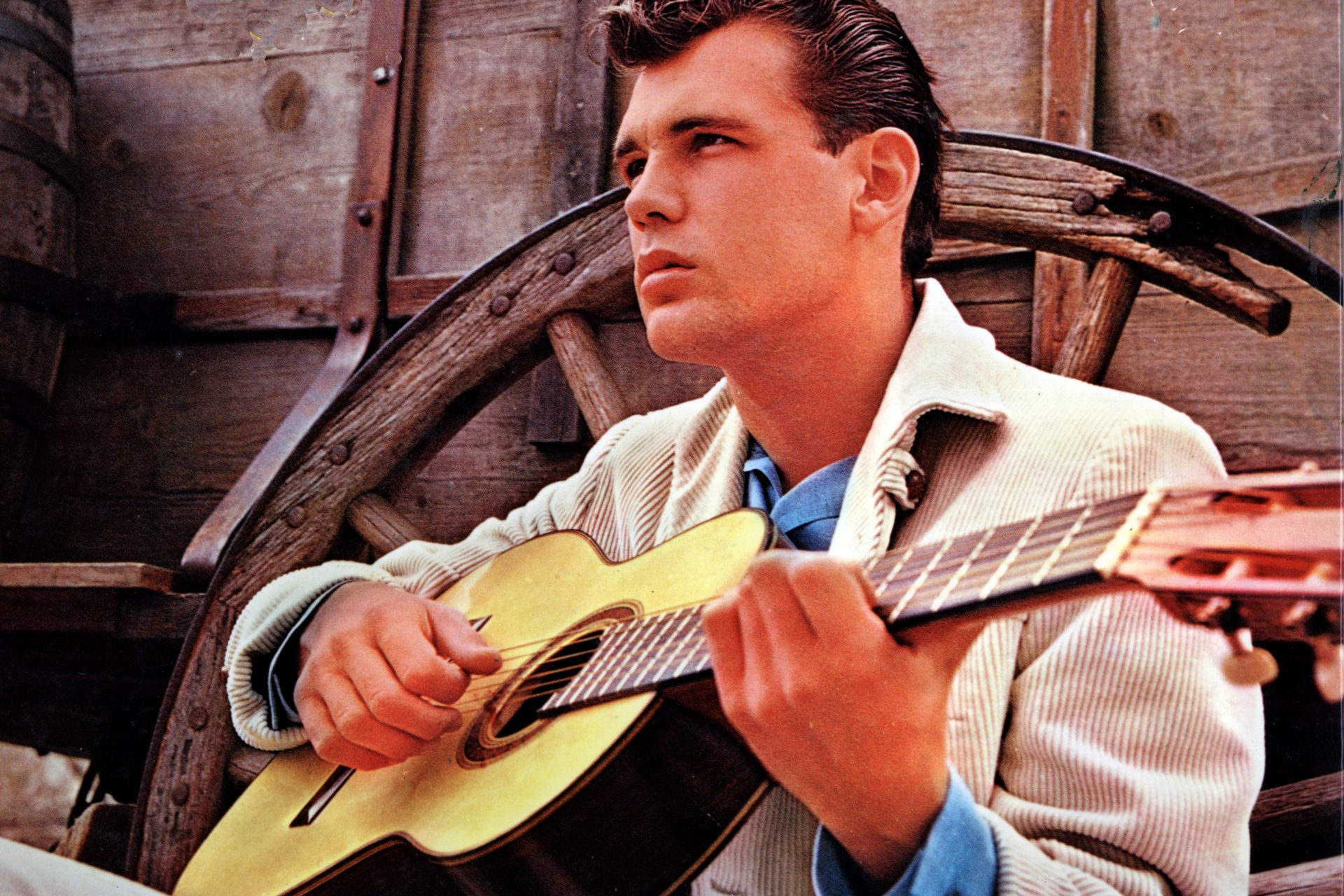Photos: the most remote inhabited place on earth
In today's globalized world, we're used to traveling with ease. However, there are still some inhabited places that remain more remote than we could ever imagine. Let's embark on a journey to Tristan da Cunha, an elusive island lost in the Atlantic Ocean.
To find the most remote inhabited place on Earth, we must venture into the South Atlantic, where, amid the vast ocean, 3,360 kilometers (2087 miles) from South America and 2,816 kilometers (1749 miles) from South Africa, lies Tristan da Cunha (aka Tristan).
Tristan da Cunha is an archipelago formed by four islands (Tristan da Cunha, Gough Island, Inaccessible Island and the smaller Nightingale Islands). The main island was discovered in 1506 by a Portuguese explorer, who named it after himself. But in 1816, it was annexed by the British crown, which still lays claim to the territory.
Tristan is an official part of the British Overseas Territory called Saint Helena, Ascension and Tristan da Cunha. Yes, Saint Helena is the Atlantic island where Napoleon was exiled, but it is 2,173 kilometers north of Tristan de Cuna.
Image: The Emperor Napoleon in His Study at the Tuileries By Jacques-Louis David, Public Domain, via Wikimedia
As mentioned, besides the main island, Tristan da Cunha, the archipelago bearing this name includes two other islands: Inaccessible, with an area of 14 square kilometers, and Nightingale (or rather Nightingale Islands), 3.4 square kilometers divided into three small islets: Nightingale, Middle, and Stoltenhoff.
The islands, of volcanic origin, are home to stunning biodiversity. But the weather, well, it's OK. It has a subtropical humid climate that includes a lot of rain, a little sunlight, and strong winds, with an average annual temperature of 16 C (60 F). It has short summers and long winters.
It is considered the most remote inhabited place on Earth, not only because it is more than 2,100 kilometers from any other inhabited site but also because it's extremely difficult to reach. Far from Ryanair, it doesn't even have an airport, and its coast is almost entirely composed of cliffs more than 600 meters (1968 feet) high.
The only town in Tristán de Cuna is Edinburgh of the Seven Seas. This fairytale name is due to Prince Alfred, Duke of Edinburgh, who in 1867 circumnavigated the world and stopped there. But locals have a more simple name for the town. They call it 'The Settlement' or 'The Village' (since no one has to ask "which one?").
According to a BBC report, the best way to travel to Tristan is from Cape Town, South Africa. From there, it takes around 18 days on a sailboat to get there across some of the "roughest waters on the planet."
From that moment on, it is advisable to pray that the winds subside and there is enough time to dock and get off the boat. The island rises to over 2,000 meters above sea level, but it's not as inhospitable as it may seem. As the BBC says, Edinburgh has "all the comforts of a modern life."
If you're not into the 18-day sailboat route, there is a better way. You can get there in "only" six days, on board the SA Agulhas, a fast ship that has one significant drawback: it only makes the journey once a year.
Of the three islands that make up the archipelago, the only inhabited one is Tristan da Cunha. It is the largest, with 98 square kilometers (37 square miles) and has a population of 245 inhabitants (133 women and 112 men, according to the last 2016 census).
"Unless you leave the island, you'll soon realize that the people who you see at school will be the same people that you'll live with for the rest of your life," Alasdair Wyllie, who spent a few years on the island as an agricultural advisor, told the BBC.
"It's a nice life... we share everything, and if anyone gets in trouble, like if the roof of your house blows off, people are there to help you. It's safe. Children can go anywhere, I mean anywhere. We don't lock the doors, we leave our windows open, there are no locks at all," local inhabitant Harold told a British filmmaker.
Image: Life on Tristan da Cunha – the World's Most Remote Inhabited Island, Redfern Natural History Productions
Despite its small population, this island is alive and getting new members. However, due to complications and in search of the appropriate clinic, women usually make the long trip to South Africa before giving birth.
Due to Covid-19, the island celebrated the birth of the first baby in many years within its own territory. It was forced to do so as the lockdown had cut off all communication with the outside world, but luckily it went well!
On the island, there are eight surnames shared among its 80 families. According to a BBC count, these surnames are: Glass, Green, Hagan, Laverello, Repetto, Rogers, Swain, and Patterson. There are only two inhabitants from outside the island (married to islanders) and a doctor and a teacher with temporary contracts sent from London.
In 1961, a volcanic eruption caused the authorities to evacuate the island and send its inhabitants to Great Britain. When the danger passed, they were offered to stay, but they all decided to return to Tristan da Cunha, their home. In the image, inhabitants of Tristan da Cunha being evacuated.
Edinburgh of the Seven Seas has a café, a social events hall, a post office, a small hospital, a school, and a pub called The Albatross.
The inhabitants of Edinburgh of the Seven Seas are mainly fishermen and farmers. Many of the women spend their time at the lobster canning factory, according to National Geographic.
Staying in Tristan da Cunha can cost around $60 per person per night, but don't expect a fancy hotel. Like an old-school Air BnB, the islanders share their own homes as accommodations. Looking to really disconnect? This might be your dream destination.
































